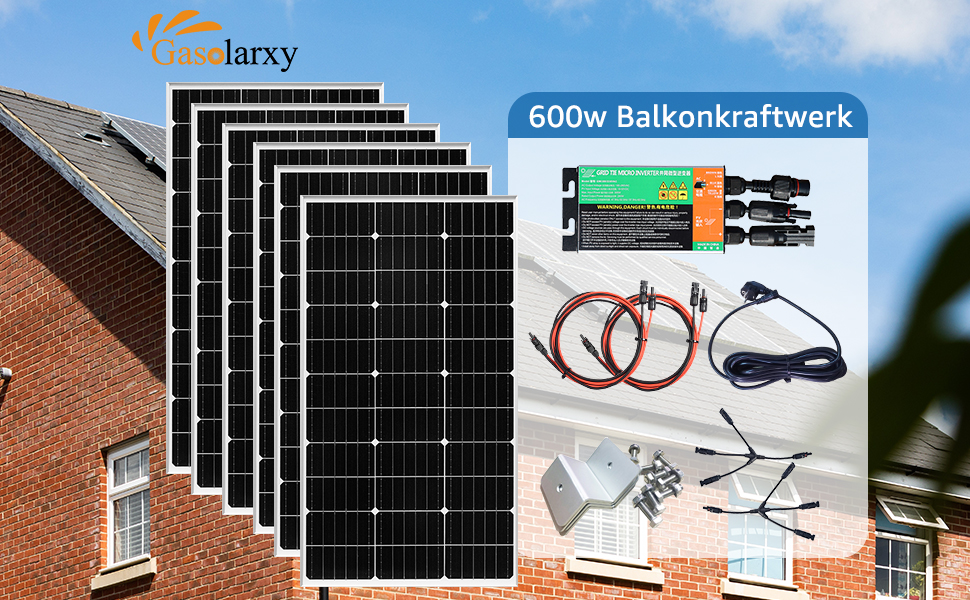Solar power energy systems are not inexpensive. That said it’s important to compare them within context of other types of home improvement projects. Home buyers and realtors view a balkon solaranlage test photovoltaic or solar hot water heating system as a significant value-added improvement – similar to adding a deck or remodeling your kitchen. Plus unlike a deck or kitchen remodel, you also gain one-up on your power bills.
Solar power systems often get an additional financial boost as well: many jurisdictions and utilities across the USA offer attractive financial incentives to drive down the upfront capital costs associated with a solar power system. Here are some foolproof ways to estimate the cost of a solar photovoltaic or solar thermal system and to figure out if a solar energy system makes sense for you. Let’s start with a home photovoltaic (PV) system.
To get started, it’s good to have a sense of how much electricity you use. You’ll have a better point for comparison if you find out how many kilowatt hours (kWh) you use per day, per month, per year. Your utility bill should include that information.
Of course, the utility bill will also display your costs and many utilities include a graph that displays how your monthly energy use/cost varies throughout the year. That helps you estimate where your highest energy use is and at what time of year. If you are constructing a new home, then you’ll need to estimate your demand based on the type of equipment you plan to install and your home’s square footage. The pross call this “your load”.
To figure out your anticipated load, create a table to record the watt use for each appliance. Each appliance – be it a water heater, electric light, computer, or refrigerator – should have a nameplate that lists its power rating in watts. Or you can get the information from the manufacturer’s website.
Some labels list amperage and voltage only; to obtain watts multiply the two together (amperage x voltage = watts). In another column, record the number of hours each appliance is expected to operate. Then multiple the watts and hours together to estimate watt-hours used per day. Since it’s hard to anticipate all electric loads (it may get tedious scouting out every toothbrush and mobile phone cell charger), you might want to add a multiplier of 1.5 to be safe.
In 2005, average residential electricity rates across the USA ranged from about 6 to nearly 16 cents per kilowatt hour depending on where you lived. Average retail and commercial electricity rates have increased roughly 30% since 1999 and the upward trend will likely continue especially as costs for the coal and hydropower used to generate that electricity rise as well. So think about your home electricity needs and present and future cost in relation to one another.
